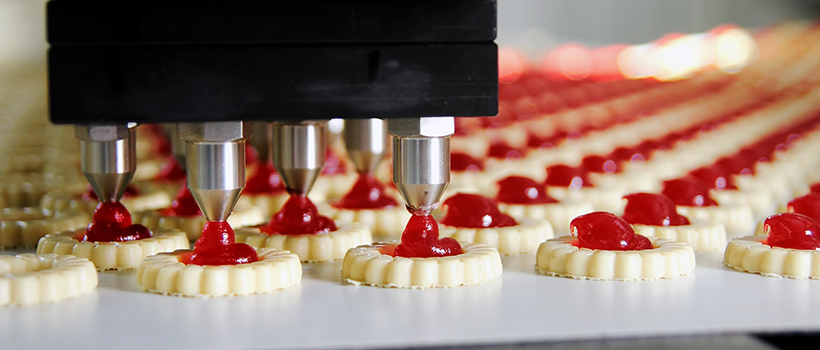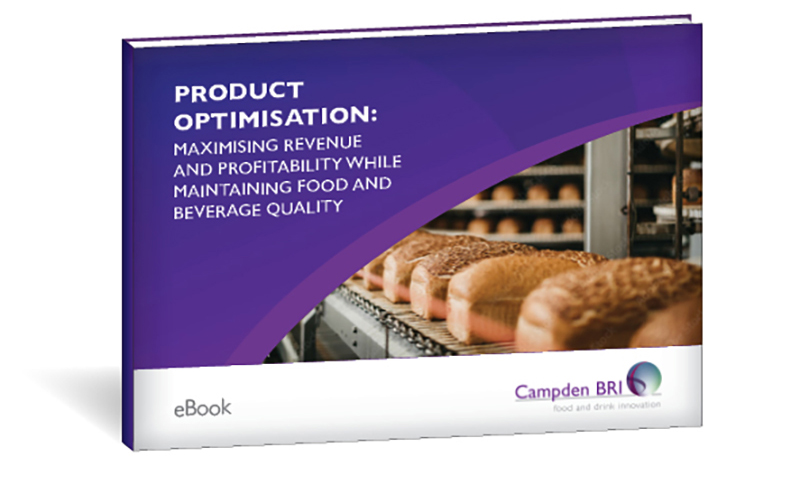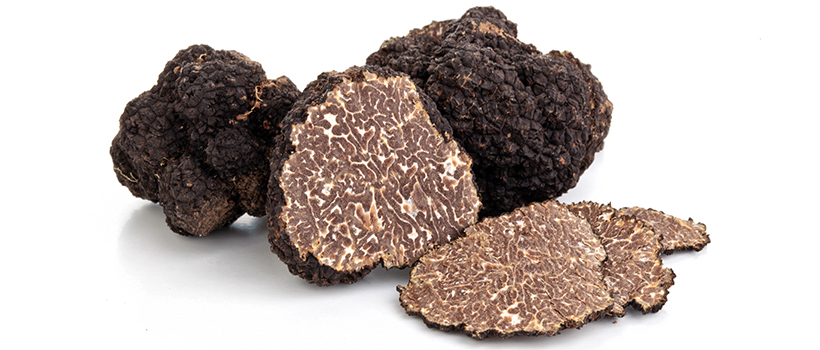
Strategies to maximise food and drink product revenue while maintaining quality
30 January 2023 | Birsen McArdle, Value Optimisation Lead
Failure to invest in proactive product optimisation puts food and drink companies at risk of their products stagnating in the marketplace and of missing opportunities to maximise the profitability of their portfolios.
If companies are to avoid these risks and remain in touch with product performance and consumer expectations, regular product evaluation is essential and should be conducted for all products at least every three years. What’s more, effective evaluations also allow companies to identify opportunities for modernising processes, recipes and formulations to increase profits.
Download the complete Product Optimisation eBook, for free, and explore the different strategies that you can undertake to maximise your product revenue and profitability without compromising quality. Download our eBook today

So, what does an ‘effective product evaluation’ involve? Ultimately, it means undertaking a thorough review of even the best-performing products, critically assessing each aspect of the product lifecycle, from raw materials to final shelf-life, and then making any necessary changes.
Product Optimisation may seem daunting, but getting it right can boost a product’s value, protect margins and increase revenue, all while maintaining (or even enhancing) quality.
Product optimisation may seem daunting, but getting it right can boost a product’s value, protect margins and increase revenue, all while maintaining (or even enhancing) quality. The process itself can be divided into two: value optimisation and cost optimisation. Both are crucial and interlinked, so preserving value while reducing costs requires their careful balancing.
Value optimisation – What do consumers enjoy about your product? Determining this, and using these strengths to sell more, is part of value optimisation. If a product fails to meet the identified consumer values, then there is an opportunity for both product improvement and growth.
What don’t they like? Gaining an understanding here means you can take steps to avoid pitfalls that might decrease sales.
Cost optimisation – After identifying the value aspects of a product, cost optimisation examines what drives product costs and seeks sustainable ways of streamlining expenses. However, it is vital to maintain quality and ensure that the product meets key consumer values. Optimising both value and cost increases the likelihood of your product being not only popular but also cost-effective to produce.
The product optimisation road map
Whether optimising for value or cost, the optimisation pathway can be broken down into four steps:
- Define – define the factors that are limiting product profitability
- Discover – explore what opportunities can help solve the challenge
- Develop – test different solution options
- Deliver – present the most beneficial solution
The following examples illustrate some of the considerations when undertaking value and cost optimisation.
Applying the road map to value optimisation
Here, the first step is to define the key product properties that consumers love, hate or are indifferent to and why they repeat purchase. It’s also important to be mindful of the desired market, target cost and any food safety controls in place.
Armed with that information, the next step is to discover which aspects of the product deliver the key properties and develop a strategy to remove components that don’t add value. Before you deliver the revised product, test it thoroughly to ensure the aims have been achieved.
But how do you really determine a product’s value? The most important factor is to understand what consumers like in a product compared with its competitors. Chocolate, for example, can have different value implications depending on its origin. Consumers may be willing to pay a premium for single origin chocolate bars but may not perceive the same value when it is used in a dessert. Consumer insight therefore helps you understand the effect of any changes on a product’s popularity.
Every ingredient should have a purpose. Are they all required and are there suitable alternatives? Would switching to plant-based materials expand the potential market? These are just some of the questions that a full evaluation can help answer.
The other key factor that influences a product’s properties is its packaging. The right packaging adds value in terms of increased shelf-life and finding alternative suppliers can support further cost reduction. Conversely, removing non-value adding packaging can be a highly effective way to drive down costs.
Using the road map for cost optimisation
The four key strategies in cost optimisation are product reformulation, supply chain mitigation, product portfolio rationalisation and shelf-life improvement.
The same roadmap used for value optimisation can be applied throughout. In product reformulation, for example, this would typically follow the steps of:
- Defining the current cost and the new reduced cost target for the ingredient(s) of interest
- Discovering alternative suppliers and sourcing alternative ingredients
- Developing new prototypes
- Delivering a product that meets cost, safety, regulatory and quality requirements
This approach was applied with great success in the reformulation of Black Moth truffle vodka. The vodka is renowned for its distinctive flavour, but the European Périgord truffles used in the recipe are both elusive and expensive. Since the key appeal for consumers is the product’s all-natural characteristics, moving to an artificial flavouring was not an option.


So, following a reformulation pathway, instead of sourcing alternative flavours, the team at Campden BRI assessed a variety of methods for maximising the amount of flavour extracted from the truffles, identifying one that quadruples the flavour intensity. This reduced the amount of truffle extract required for each batch and maximised the cost-efficiency of the product’s most expensive ingredient. The resulting return on investment (ROI) was significant and far outweighed the cost of the research.
Take a proactive approach
Staying ahead in the market requires a proactive approach to product optimisation. Combining the strategies of cost and value optimisation is highly effective in understanding and improving a product’s value and driving strategies to lower costs. An external partner with the appropriate expertise can provide an independent view of your processes, add enormous value and help streamline all the steps involved.
How can we help you?
If you’d like to find out more about how we can support a profitable future for your products, contact our support team to find out how we can help.
Download our FREE Product Optimisation eBook today!
Explore different strategies to maximise your product revenue and profitability without compromising quality.







